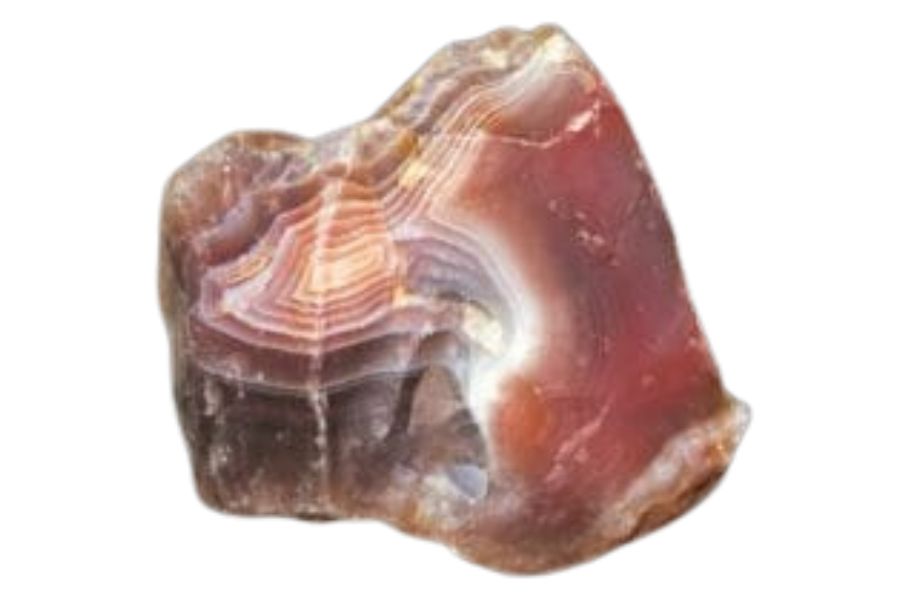Did you know you can find fossils of prehistoric shark teeth, stunning agatized coral, and even rare gemstones like moonstone in Florida?
As an avid rockhound, who has spent countless weekends exploring the state’s unique landscapes, I can tell you that Florida is a hidden treasure chest of valuable rocks, minerals, and gems waiting to be discovered.
Whether you’re a seasoned collector or just looking to make a little extra cash with a new hobby, there’s something here for everyone in Florida.
What’s even better? These treasures are surprisingly accessible—often hiding in rivers, quarries, and even the sandy shores we visit every weekend.
I’m going to show you what kinds of treasures you can find across the state and exactly where to start digging!
The Most Valuable Rocks, Minerals, And Gems You Can Find In Florida
Let’s walk through all the different finds you can make right here in our state.
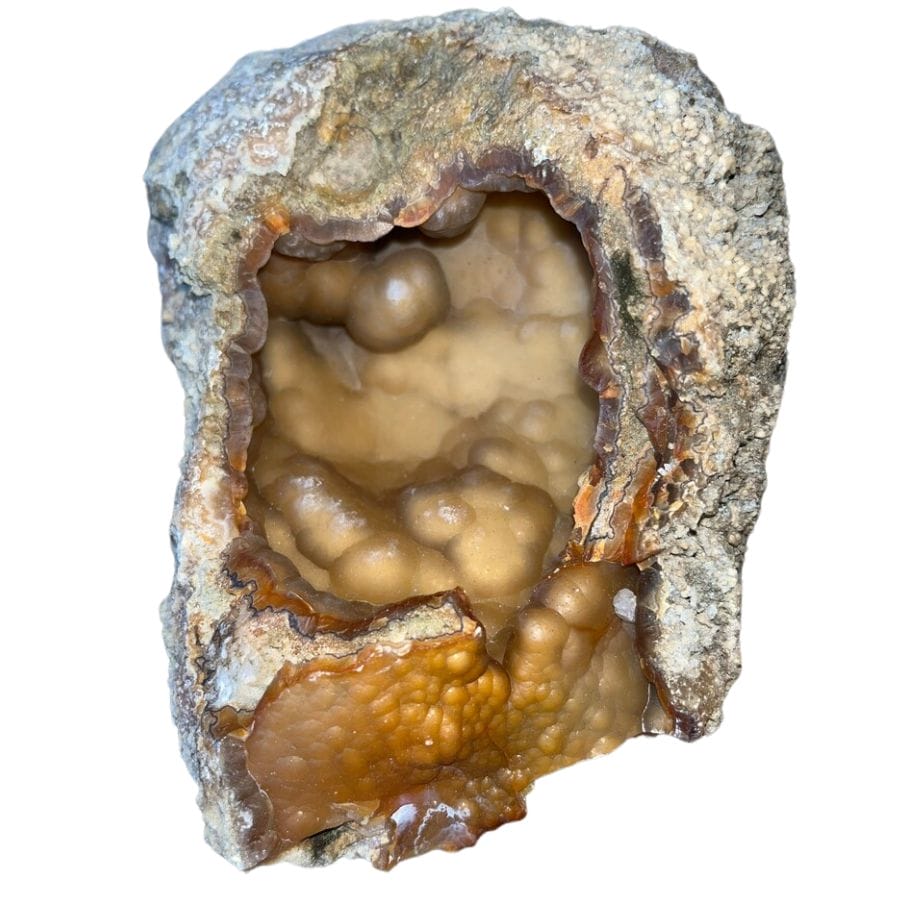
Agatized coral
Agates form from layers of silica that settle into cavities in volcanic rock or other mineral-rich environments. Over time, these layers create the stunning bands that make agates so special.
In Florida, the agates you’re most likely to come across include small, banded varieties and occasional petrified wood with agate inclusions.
Fossilized coral, known as Agatized coral, is our official state stone and a unique form of agate you can only find here.
Why It’s Valuable
Agates are valuable for their natural beauty and uniqueness. Each piece is one of a kind, which makes them special to collectors. People also love using agates in jewelry or as decorative pieces.
Agatized coral, in particular, is highly sought after because it’s both a fossil and a gemstone, combining natural history with eye-catching beauty.
Great Places to Find Agates in Florida
If you’re ready to get out and hunt for agates, we’ve created your go-to guide for Florida Agate. And here are some top spots for finding these treasures:
- Withlacoochee River: Focus on areas where the river cuts through ancient limestone formations; these spots often yield agates.
- Tampa Bay Area: The beaches and shallow waters around Tampa Bay are great for finding smaller pieces of agatized coral.
- Suwannee River: The Suwannee River and its tributaries are treasure troves for fossil hunters. Look near gravel beds along the riverbanks, especially during the dry season.
Get the full scoop on Agate locations throughout Florida here.
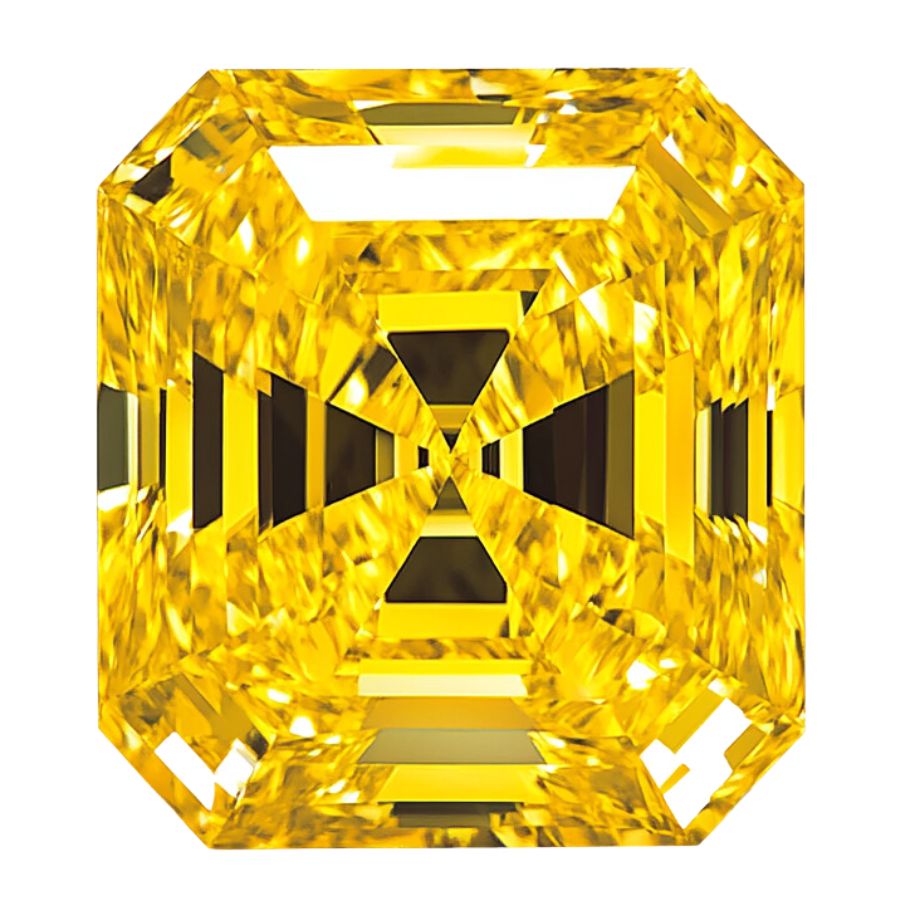
Diamond
Here in Florida, diamonds aren’t naturally occurring like they are in places like South Africa or Arkansas. Instead, the diamonds found here are either alluvial (brought in by rivers and streams over millions of years) or remnants from ancient geological activity.
Most of the diamonds you’ll come across in Florida are small and rough, but they’re still an exciting find for hobbyists and collectors.
Why It’s Valuable
Diamonds have been prized for their beauty, rarity, and durability for centuries. Even in Florida, finding a diamond feels like discovering a rare piece of history.
For collectors, these gems tell a story of how ancient rivers and geological shifts shaped our land. Plus, diamonds are a fun and valuable addition to any rockhound’s collection!
Great Places to Find It Here
If you’re eager to try your luck at diamond hunting, there are a few spots in Florida where enthusiasts have had success (You can find our existing guide about Diamond deposits in Florida.)
While there’s no guarantee you’ll strike it rich, these places are worth exploring:
- Peace River: Known for its fossil-hunting opportunities, this river is also a hotspot for finding small diamonds. Bring a sifting screen and enjoy the treasure hunt.
- Ruck’s Pit in Fort Drum: There have been occasional reports of diamonds found here. It’s worth a visit if you’re in the area.
- Tomoka State Park: This park, known for its historical significance and scenic beauty, has areas where visitors have found small gemstones, including the occasional diamond.
Access our complete Florida guide to locate more Diamond deposits.
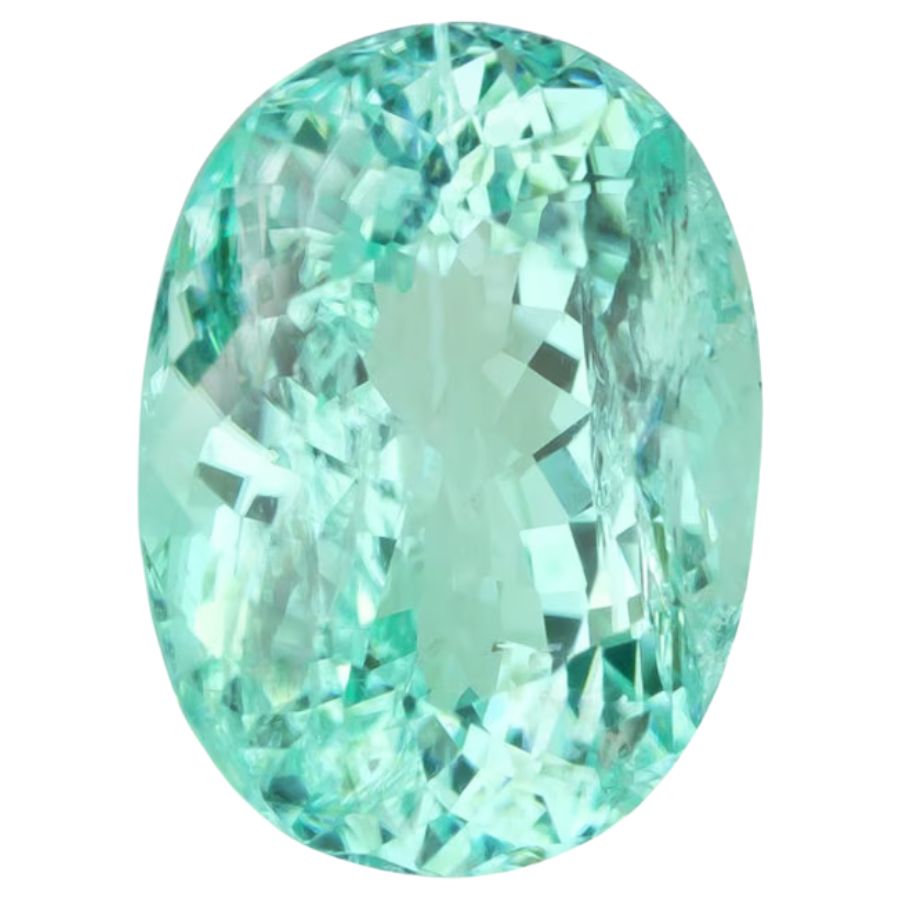
Tourmaline
Tourmaline is a mineral made of boron silicate, and it forms in a variety of colors depending on the trace elements present during its formation.
In Florida, the types of tourmaline you’re most likely to encounter are black tourmaline (schorl) and occasionally some lighter green or pink varieties. Black tourmaline is more common here and is prized for its grounding and protective properties.
Why It’s Valuable
Tourmaline isn’t just pretty; it’s also highly sought after for its metaphysical properties and durability.
Black tourmaline, in particular, is thought to repel negative energy, while pink and green varieties are often associated with love and healing. Its wide range of colors and uses makes tourmaline a favorite among jewelry makers and collectors.
Great Places to Find It Here
If you’re up for a little adventure, there are some amazing spots in Florida where you can go looking for tourmaline. Here are a few places to start your hunt:
- Vero Beach Placer: Gem hunters have reported finding tourmaline among other unique finds in this area.
- Clearwater Beach: The place occasionally yields small gemstones, including black tourmaline. Explore areas near tidal pools for the best chance of finding something special.
- Ocala National Forest: The forest hides small pockets of minerals and gemstones. Check dry stream beds and rocky areas for black tourmaline.
Explore additional Tourmaline sites throughout Florida with our detailed guide.
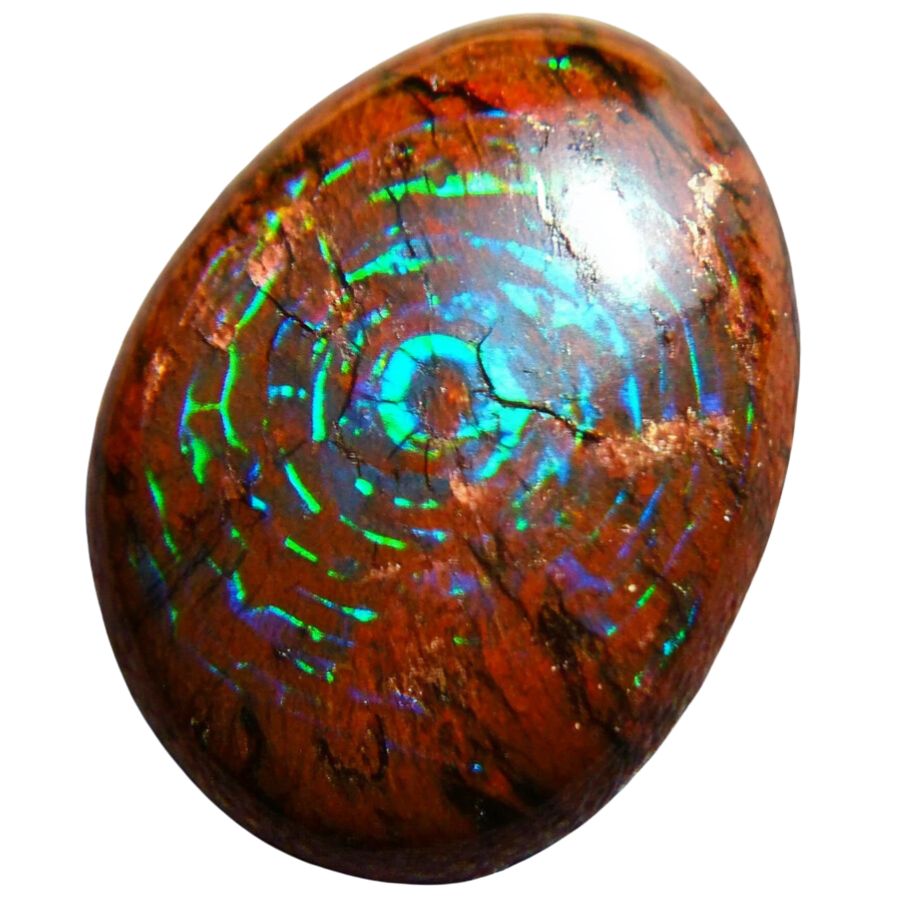
Opal
Opals are a type of gemstone made from hydrated silica. They’re prized for their incredible play of color, where light reflects off tiny silica spheres inside the stone, creating a dazzling rainbow effect.
In Florida, we mostly find common opals rather than the more vivid precious opals. These are often milky white, pale blue, or soft pink, and while they don’t have the fiery colors of their precious cousins, they’re still gorgeous and worth collecting.
Why Opals Are Valuable
Opals are valued not only for their beauty but also for their rarity. The ones you find here in Florida may not fetch high prices, but their sentimental and aesthetic value can be priceless.
Plus, polishing and crafting opals into jewelry or keepsakes makes them a meaningful treasure.
Great Places to Find Opals in Florida
If you’re ready to hunt for opals, we’ve mapped out Opal locations throughout Florida. You can start your adventure with these sites:
- Lake County: This area is home to various sandy and clay-rich soils where common opals have been found. Exploring these natural environments can sometimes lead to surprising discoveries.
- Osceola County: Search creek beds and construction sites where opalized materials might be unearthed.
- Dunnellon Area: Known for its limestone deposits, this area can sometimes yield interesting opalized materials. Check out local rivers and gravel beds for your best chances.
Find the best Opal spots across Florida in our complete guide.
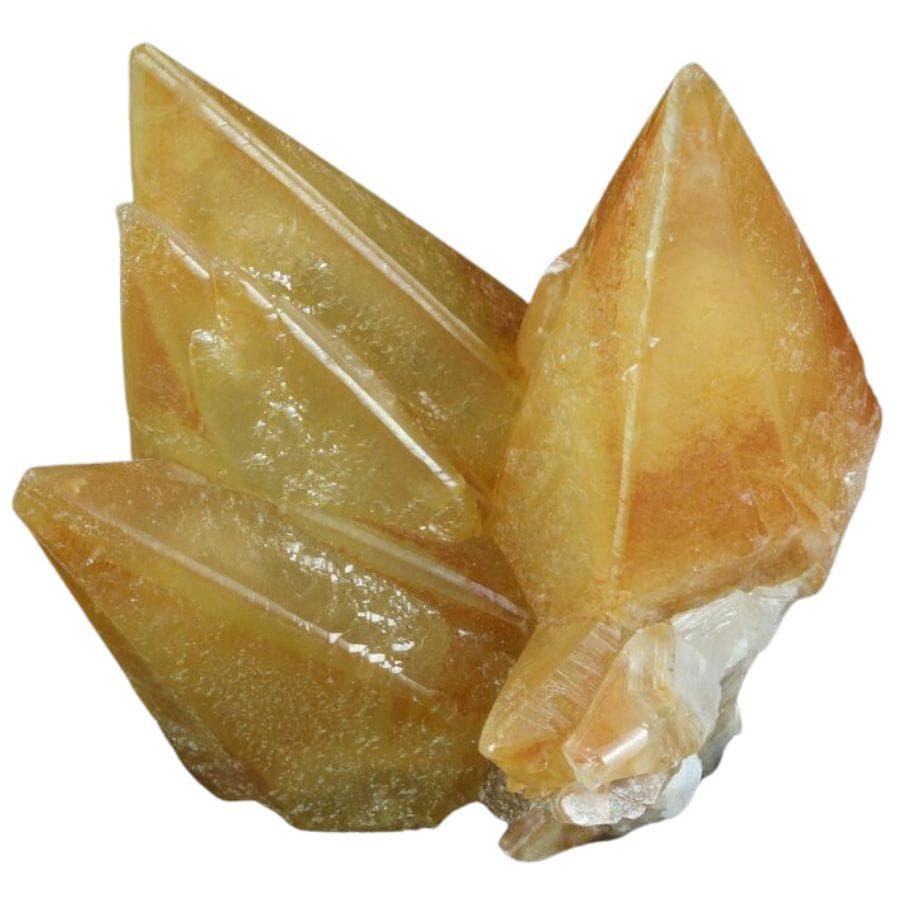
Calcite
Calcite is a mineral made of calcium carbonate, and it’s often found in sedimentary rocks like limestone. Florida is practically made of limestone, so it’s no surprise we’ve got plenty of calcite around.
Here, you can find different types, like dogtooth calcite, which has sharp, tooth-like crystals, and golden calcite, known for its warm, honey-like color. You’ll also stumble upon massive calcite, which forms in big, solid chunks.
Why It’s Valuable
Calcite is used in construction materials, as an agricultural soil additive, and even in the production of glass and cement. For collectors, its unique crystal shapes and vibrant colors make it a must-have mineral.
Plus, it’s a window into Florida’s geological history, which makes it valuable to scientists and rockhounds alike.
Great Places to Find It Here
If you’re itching to get out there and find some calcite, Florida has some amazing spots that are worth visiting.
- Withlacoochee State Forest: This area is a hotspot for finding calcite in natural limestone formations. Explore trails or creek beds where water has exposed calcite crystals over time.
- Rucks Pit: One of the best places for calcite hunting! You can dig up fossilized clams filled with golden honey calcite crystals. This spot is open to the public for rockhounding adventures.
- Gainesville area: This is a fascinating place to see calcite formations in limestone sinkholes and learn more about Florida’s geology.
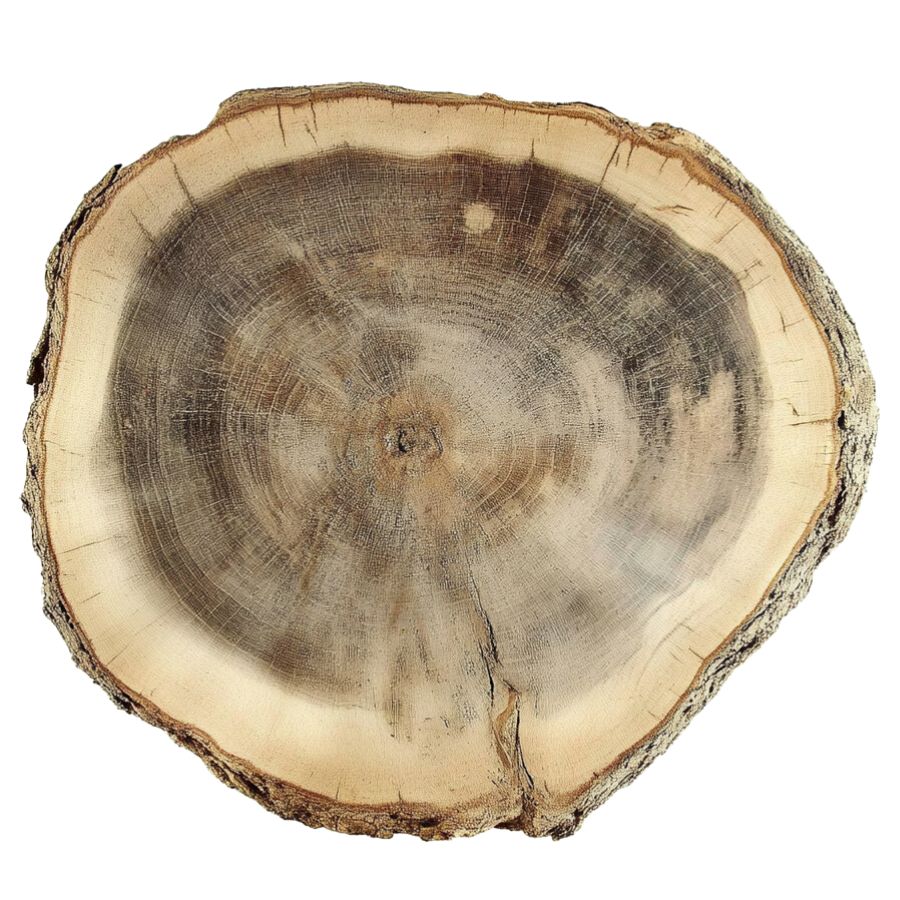
Petrified wood
In Florida, most of the petrified wood you’ll find comes from ancient trees that lived millions of years ago, especially during the Miocene and Pliocene epochs.
Most of the petrified wood here is made of quartz, but sometimes you’ll spot pieces with iron or manganese giving them unique colors.
Why It’s Valuable
Petrified wood is not just a cool find—it’s a piece of history you can hold in your hands. For collectors, it’s prized for its beauty and rarity, especially when you find pieces with vibrant colors or intricate patterns.
It’s also a favorite for lapidary artists who turn it into polished jewelry or display pieces. Plus, as Floridians, we can feel a little extra pride knowing these fossils tell the story of our state’s ancient environments.
Great Places to Find It in Florida
If you’re ready to go on a treasure hunt, We’ve documented Florida’s Petrified wood sites in our guide. Here are some top recommendations:
- Lafayette County – The rivers and streams in Lafayette County can yield amazing pieces of petrified wood, especially in gravel bars or along low riverbanks.
- Levy County – This area is well-known among fossil enthusiasts. Look around riverbanks and exposed areas after heavy rains, which often uncover hidden treasures.
- Lakeland Area – The Lakeland area offers several promising spots for fossil hunting. Explore construction sites with permission or natural areas where erosion reveals ancient finds.
Visit our in-depth Florida guide for more Petrified wood locations.
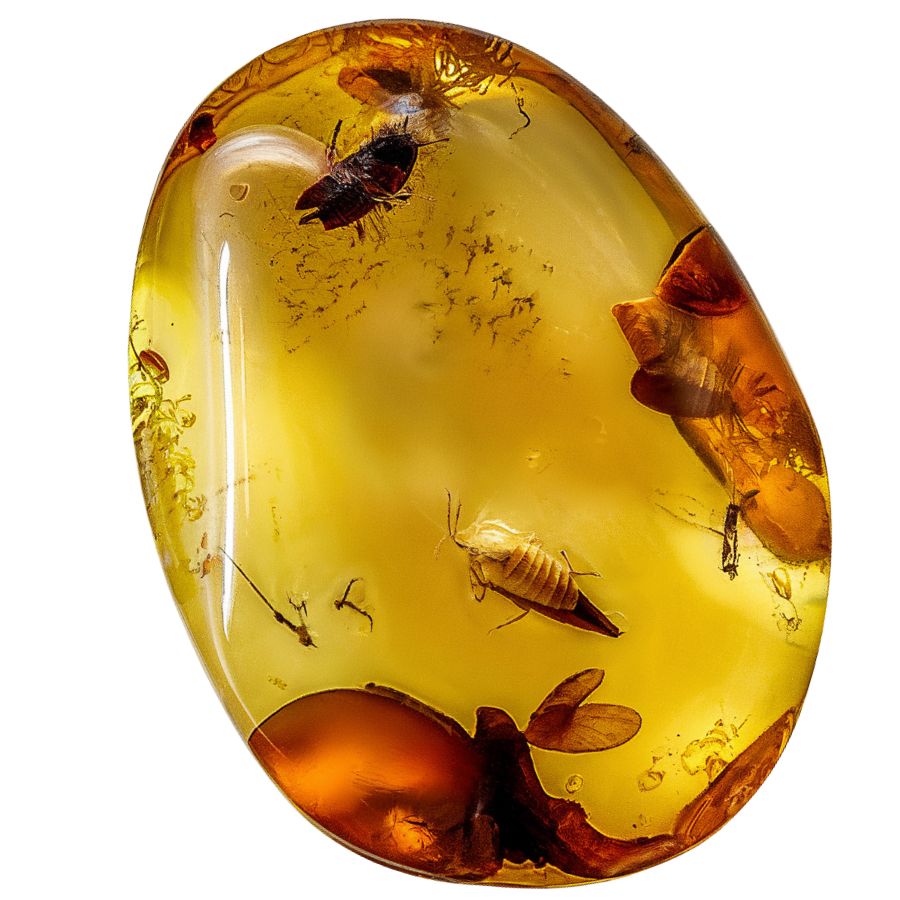
Amber
Amber is fossilized tree resin that dates back millions of years. It’s often used in jewelry and other decorative items because of its beauty and durability.
Most amber you’ll find in Florida originates from ancient deposits washed in from other regions, like the Dominican Republic. However, small pieces of amber can also be found locally in areas with rich geological history.
Why It’s Valuable
Amber has captivated people for centuries because of its rich colors, historical significance, and even its potential for scientific discovery.
Inclusions—tiny bits of ancient plants or insects trapped inside—can provide a window into prehistoric ecosystems. For collectors and researchers, finding a piece with a perfectly preserved insect is like hitting the jackpot.
Even without inclusions, amber’s vibrant colors, ranging from golden yellows to deep reds, make it highly desirable. Locally, it’s an exciting find that connects us to the Earth’s ancient history.
Great Places to Find It Here
If you’re interested in searching for amber in Florida, there are a few places where your chances are better. A bit of patience and luck might reward you with a special find.
- Dredged Sand Deposits: Some amber has been found in areas where sand is dredged and relocated, like the beaches of Miami or Fort Lauderdale. Keep an eye on freshly replenished beaches for unique finds.
- Beaches Along the Gulf Coast: The Gulf Coast’s shores sometimes reveal small pieces of amber washed in from the ocean. Check places like Honeymoon Island or the beaches around Clearwater after storms for the best chances.
- Peace River: Known for fossil hunting, the Peace River in southwest Florida is a great spot to search for small amber pieces among the gravel.
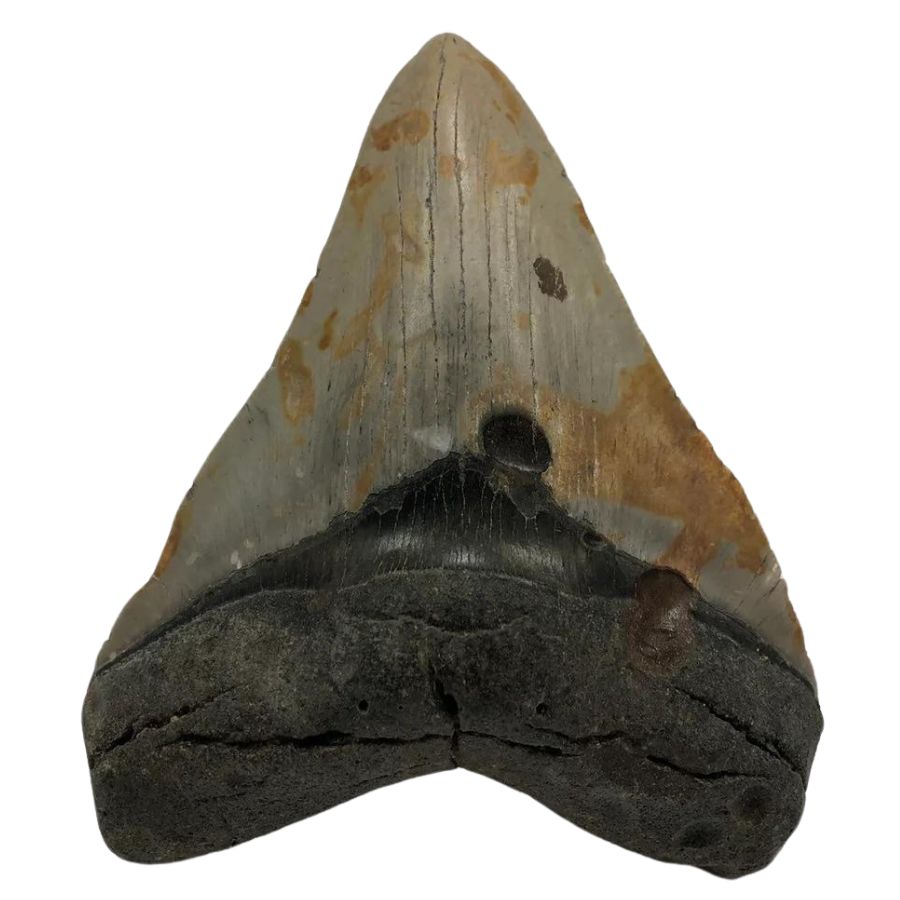
Megalodon teeth
Megalodon teeth are fossilized remains of the extinct Megalodon shark, which lived around 3.6 to 23 million years ago. These teeth can range from just a couple of inches to over seven inches long, and their triangular, serrated shape makes them easy to recognize.
In Florida, you’ll come across teeth that vary in color, thanks to the minerals in the soil and water. You might find shades of black, gray, tan, or even blue, depending on the area.
Why They’re Valuable
Megalodon teeth aren’t just valuable because they’re ancient—they’re also sought after by collectors, scientists, and fossil enthusiasts. Their size, condition, and rarity can make them worth hundreds or even thousands of dollars.
But for many of us, the real value is the thrill of finding one and holding a piece of history in our hands. Plus, they make for an epic show-and-tell item!
Great Places to Find Them in Florida
Florida is a treasure trove for fossil hunters, and there are plenty of spots where you find Megalodon teeth in Florida. Here are three of the best places:
- Venice Beach: Known as the “Shark Tooth Capital of the World,” Venice Beach is one of the easiest and most popular spots for finding Megalodon teeth.
- Hogtown Creek: The creek’s sandy bottom often hides all sorts of treasures, and after a good rain, you might get lucky and find teeth exposed along the banks.
- Caspersen Beach: Just south of Venice Beach, Caspersen Beach offers a more laid-back experience for finding teeth. The darker sands here make it easier to spot fossilized teeth.
Find more Megalodon teeth locations in our complete Florida guide.
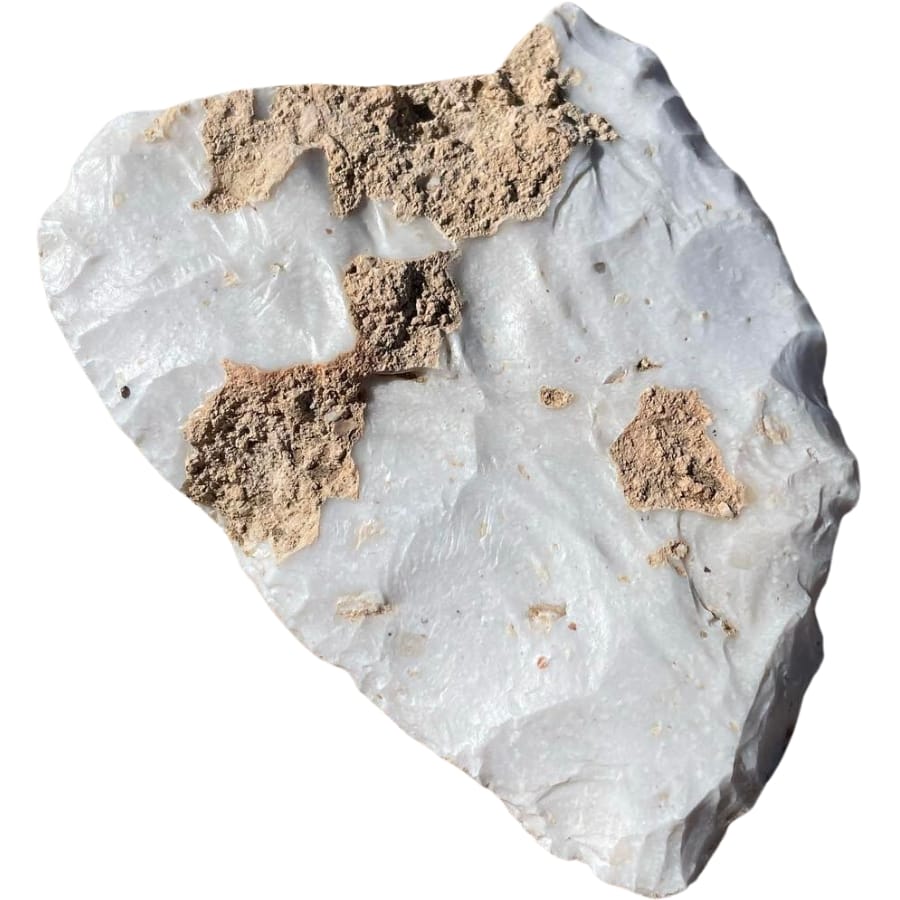
Chert
Chert is known for its smooth texture and waxy appearance, often coming in shades of gray, brown, white, or even reddish hues.
Here in Florida, we’re lucky to have several varieties. Most of it is marine chert, formed millions of years ago from the remains of tiny marine organisms.
You might also find agatized chert, which is a little flashier with its banded patterns and sometimes translucent quality. This kind of chert is highly sought after by collectors and lapidary artists.
Why It’s Valuable
Native peoples in Florida used Chert to make tools like spear points and scrapers because it fractures into sharp edges. These days, chert is still prized by archaeologists and collectors for its historical significance.
Great Places to Find It in Florida
If you’re ready to get out there and look for chert, you’re in luck—Florida has some excellent spots where you can find it. Here are a few of my favorite places to explore:
- Ocala National Forest: Known for its diverse geology, this area has several natural outcrops where you can find marine chert scattered among the trails and sandy hills.
- Crystal River: The region around Crystal River is famous for its rich archaeological history. Look for exposed rock near limestone formations.
- Brooksville Ridge: This elevated area in Central Florida is another fantastic spot for chert hunting. You might find both marine chert and agatized chert in natural erosion areas or along trails.
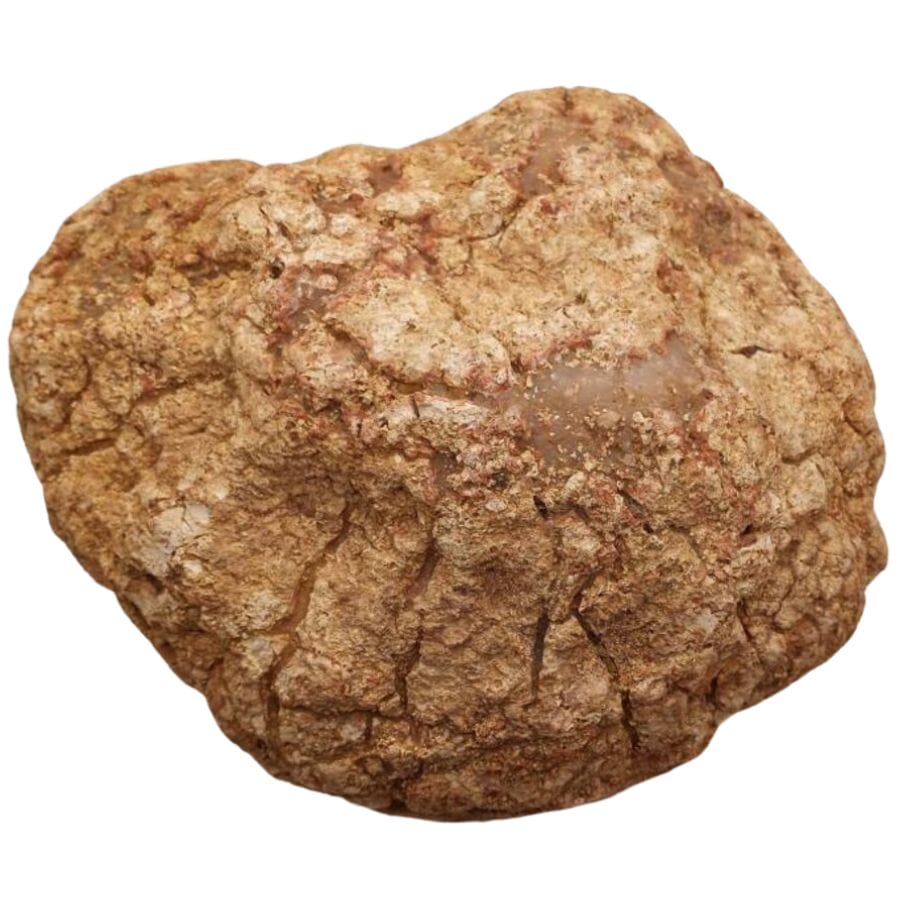
Geodes
Geodes are hollow rocks lined with crystals or minerals inside. They’re formed over thousands of years as minerals slowly deposit within cavities in the rock.
Most geodes in Florida aren’t the classic hollow kind but are more like fossilized coral and limestone geodes filled with quartz or calcite crystals.
Why Are They Valuable?
Geodes are not only cool to look at but also valuable for collectors, hobbyists, and nature enthusiasts. Their rarity in Florida makes them even more sought-after. Plus, cracking open a geode feels like opening a treasure chest—every one is different, and you never know what kind of stunning crystals you’ll find inside. Beyond their aesthetic value, geodes can also tell us a lot about the Earth’s history and how minerals form over time.
Great Places to Find Geodes in Florida
There are some fantastic places to look for geodes in Florida. Here are three spots I’d recommend checking out:
- Pasco County: This county has many outdoor spots with exposed rock formations, particularly near older limestone quarries, where geodes and other mineral specimens have been found.
- Hamilton County: Known for its rich limestone formations, this northern Florida county is a great place to search for geode-like rocks, especially along riverbanks or in quarries.
- Hillsborough County: With its history of mining and fossil discoveries, Hillsborough County offers opportunities to find geodes in certain gravel pits or areas where ancient coral deposits are exposed.
Our comprehensive Florida guide reveals more Geode hotspots.
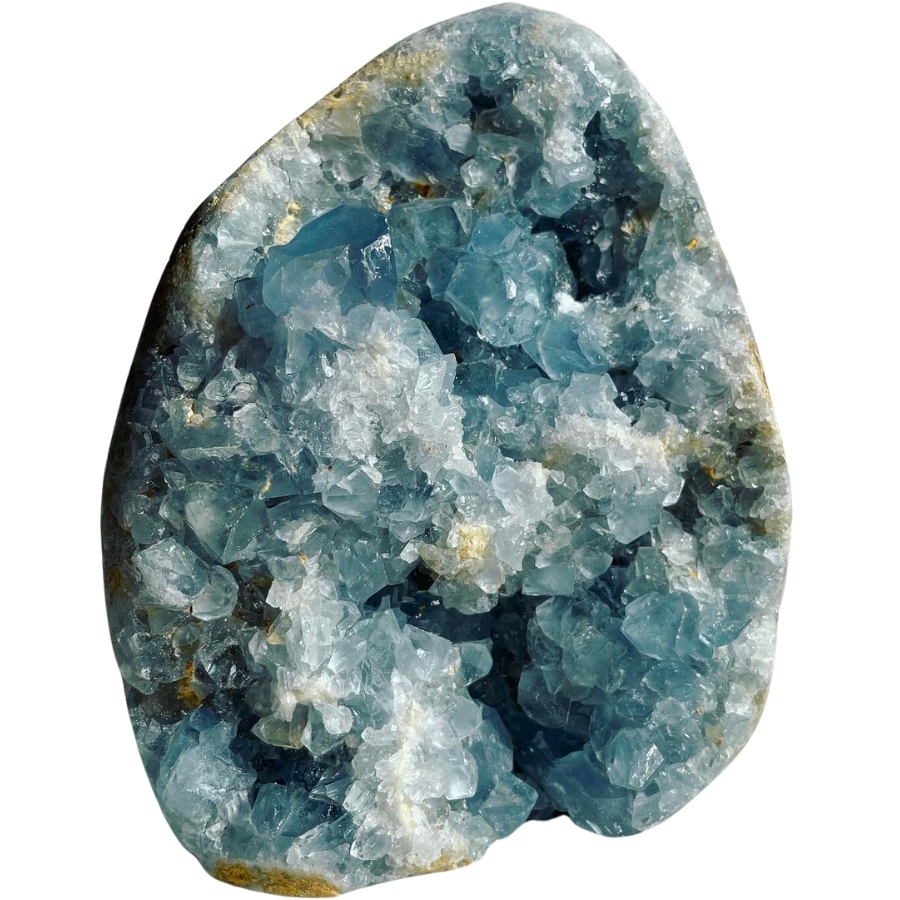
Celestite
Celestite, also called celestine, is a mineral made mostly of strontium sulfate. Its crystals can be clear, white, or pale blue, though the blue ones are the most sought-after.
In Florida, most celestite forms as small crystals in fossilized coral or limestone. The unique formations here are worth the search for Celestite.
Why It’s Valuable
There are a few reasons people love celestite. First, it’s absolutely beautiful, with a calming blue color that feels almost magical.
Some folks collect it as a natural display piece, while others believe it has spiritual properties, like promoting peace and clarity.
Beyond its beauty, celestite is also valuable because it’s a source of strontium, an element used in fireworks and metal alloys.
Great Places to Find It in Florida
When it comes to celestite hunting in Florida, the best spots are often tied to areas with fossilized coral or limestone deposits. Here are a few places I’d recommend checking out:
- Florida Caverns State Park: While this park is more famous for its caves, the surrounding limestone areas sometimes produce small celestite crystals.
- Peace River: Here, along with celestite, you might stumble upon fossils like shark teeth and coral remnants. It’s a bit of an adventure, but the finds are worth it.
- Hernando County Rock Mines: This area is known for its limestone quarries, which sometimes yield celestite crystals.
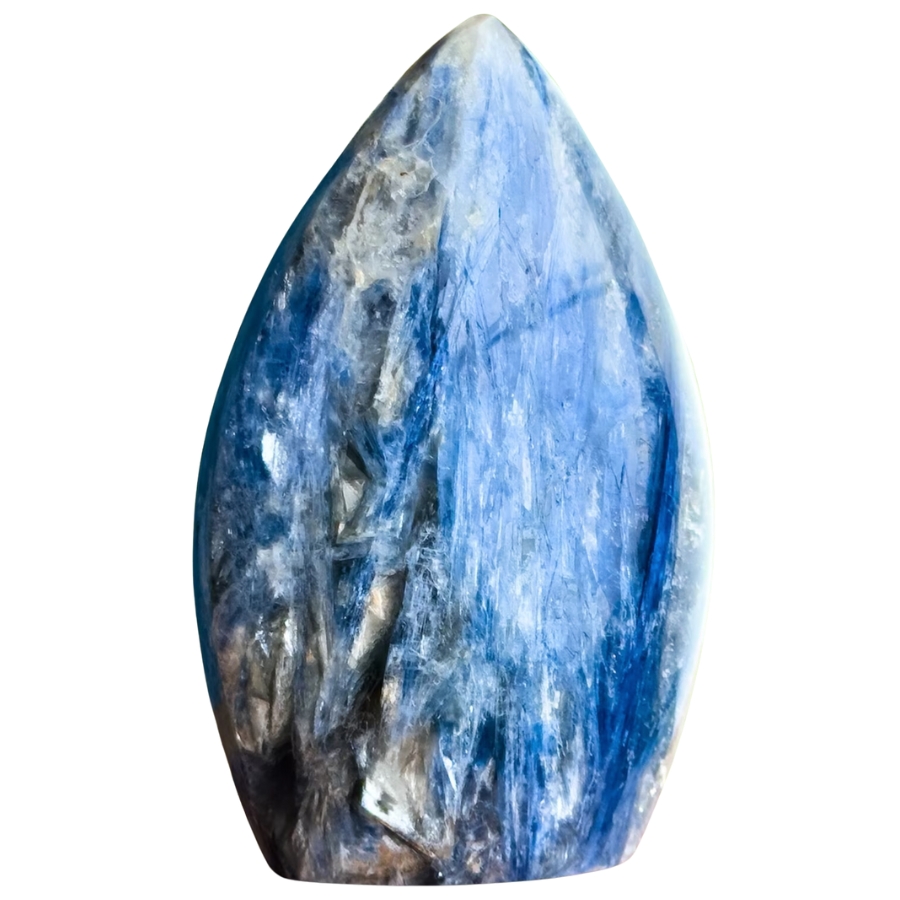
Kyanite
Kyanite is a mineral known for its striking color, typically blue, but it can also come in shades of green, white, gray, or even colorless. It forms in metamorphic rocks and is pretty unique because its hardness changes depending on the direction you scratch it.
In Florida, you’re most likely to find small, blue-gray kyanite crystals mixed into sand or gravel deposits, though other varieties can occasionally show up.
Why It’s Valuable
Kyanite is used in making heat-resistant ceramics and materials for electronics and engines, thanks to its ability to withstand super high temperatures. On the collector side, its aesthetic appeal makes it a favorite for jewelry and displays.
So whether you’re looking to start a rock collection or hunt for pieces that could have industrial value, kyanite is a real treasure.
Great Places to Find It Here
Florida might not be the first place you think of for kyanite, but there are some hidden spots where you can stumble across it. Here are a few great places to explore:
- Blackwater River State Forest: The sandy riverbanks and trails can sometimes reveal small pieces of kyanite. Bring a small screen and a trowel for sifting through the sand.
- Tidal Creek (Near Jacksonville): This private property location is known for kyanite, garnet, and quartz crystals found in decomposing schist along the tidal creek.
- Suwannee River (North Florida): The banks and tributaries of the Suwannee River are known for various minerals, including kyanite. Exploring these areas might lead you to some interesting finds.
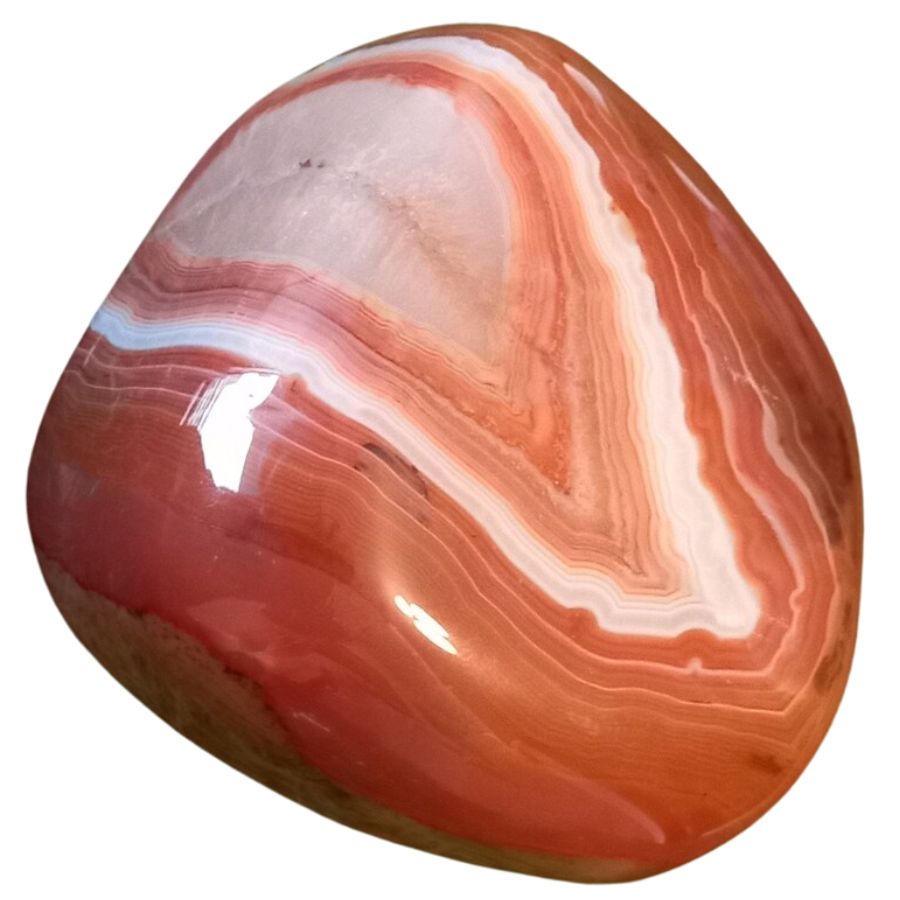
Carnelian
Here in Florida, Carnelian usually shows up as small, water-worn stones, often mixed with other agates or quartz varieties. You won’t typically find huge pieces, but the ones you do discover can have rich colors and intriguing patterns.
Some pieces even display banding, giving them an extra layer of visual appeal. Whether you’re looking for true Carnelian or close relatives like red jasper, there’s something satisfying about finding these natural treasures.
Why It’s Valuable
Carnelian is valuable for a few reasons. First, its striking colors make it a favorite for lapidary work and jewelry.
Many people also appreciate its historical and metaphysical significance—it’s been associated with courage and creativity for ages.
Great Places to Find Carnelian in Florida
If you’re ready to hunt for Carnelian, here are a few places in Florida where you might get lucky:
- St. Johns River: This historic river has plenty of gravel bars and sandbanks. Searching these areas, especially after a good rain, can sometimes reveal Carnelian along with other agates and fossils.
- Tampa Bay Area: Searching along the shoreline during low tide or in areas where dredging has occurred might lead to successful discoveries.
- Amelia Island: Located in Eastern Florida, Amelia Island’s beaches are potential sites for finding Carnelian. Beachcombing can reveal a variety of gemstones washed ashore, including Carnelian.
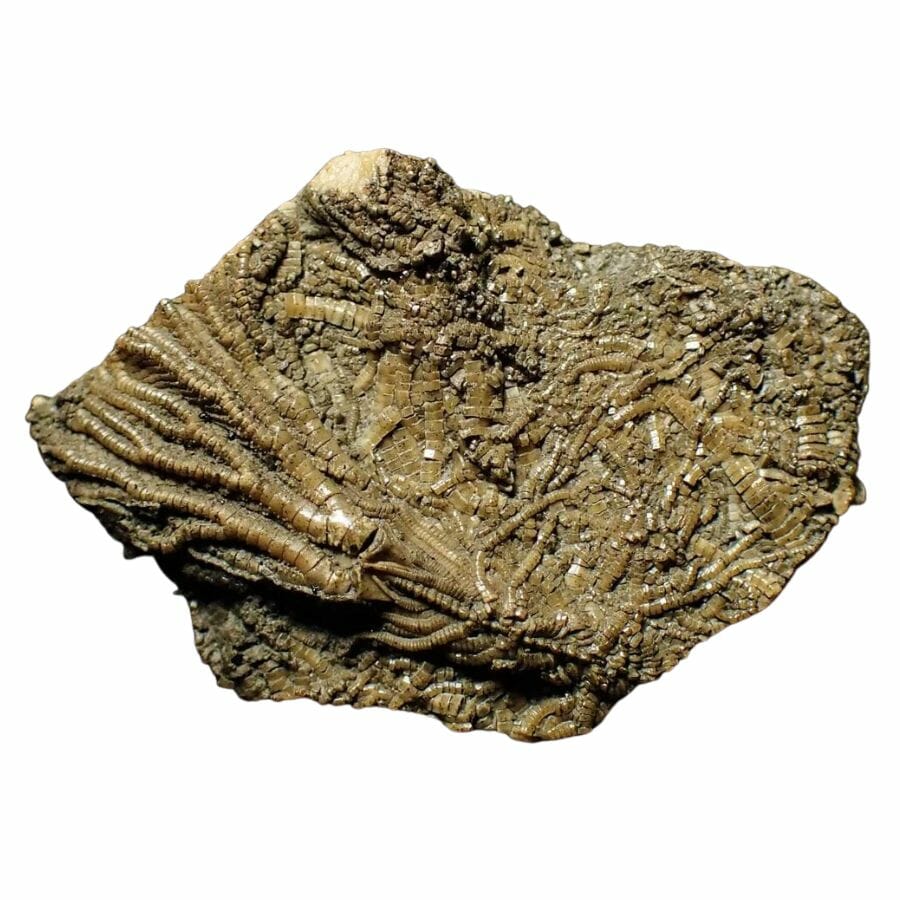
Fossils
Florida is a hotspot for marine fossils, thanks to its history of being underwater millions of years ago. Shark teeth are super common—you’ve probably heard of people finding them at the beach.
There are also mammal fossils like mastodon bones, ancient horse teeth, and even giant sloth remains. Plus, you might come across fossilized shells, coral, and sea urchins. It’s like holding a piece of time in your hands!
Why Fossils Are Valuable
Fossils are little keys to our planet’s past. They help scientists understand what Florida looked like ages ago, long before people arrived. For locals like us, they’re a way to connect with the state’s natural history.
Plus, finding fossils can be a fun and rewarding hobby. Who wouldn’t want to stumble across a shark tooth or the bone of a long-gone giant?
Great Places to Find Fossils in Florida
If you’re ready to start hunting, there are some amazing spots to find fossils in Florida. Try your luck from these locations:
- Gadsden County: Gadsden County is home to several limestone quarries where fossilized shells, coral, and other marine remains are often found. Check local regulations or join a guided dig to explore these spots.
- Charlotte County: Bring a sifting screen and some patience, and you might uncover shark teeth, ancient shells, and even bones from prehistoric mammals.
- Citrus County: You can spot everything from small marine fossils to larger mammal remains in the place.
Discover hidden Fossil locations with our complete Florida guide.
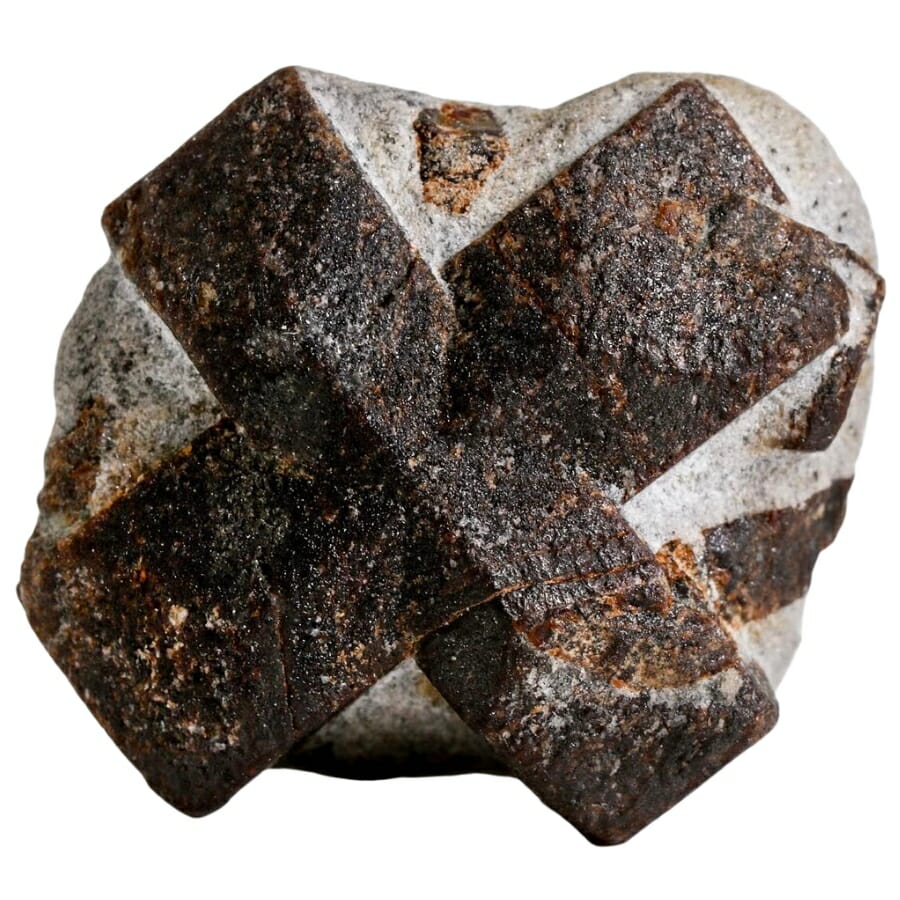
Staurolite
Staurolite is a unique mineral made up of iron, aluminum, and silicate, often forming cross-shaped or twinned crystals. It’s commonly found in metamorphic rocks and is known for its reddish-brown to dark-brown hues.
Here in Florida, staurolite appears as part of sand and sediment deposits. While you won’t typically find those big, dramatic crystals you might see elsewhere, staurolite is still worth searching for in its granular form.
Why Staurolite is Valuable
Staurolite isn’t just cool to look at; it has practical uses too. This mineral is incredibly hard and durable, which makes it valuable as an industrial abrasive. Staurolite sand is often used for sandblasting, helping to clean and prepare metal surfaces.
Great Places to Find Staurolite in Florida
Finding staurolite in Florida takes a bit of an adventure, but that’s half the fun. Here are some of the best spots to explore:
- St. Marks National Wildlife Refuge: This area is known for its sandy deposits that sometimes contain staurolite grains. Bring a magnifying glass and search near the coastal zones where sediments have been deposited.
- The Apalachicola River Basin: This river system transports sediment from upstream metamorphic rock formations, which often include staurolite. Focus on sandy banks or areas where sediment accumulates.
- Florida Panhandle Beaches: Some beaches, especially along the Gulf Coast near Tallahassee, may have staurolite grains mixed in with the sand. Look in areas with darker sand patches, as they may contain heavier minerals like staurolite.
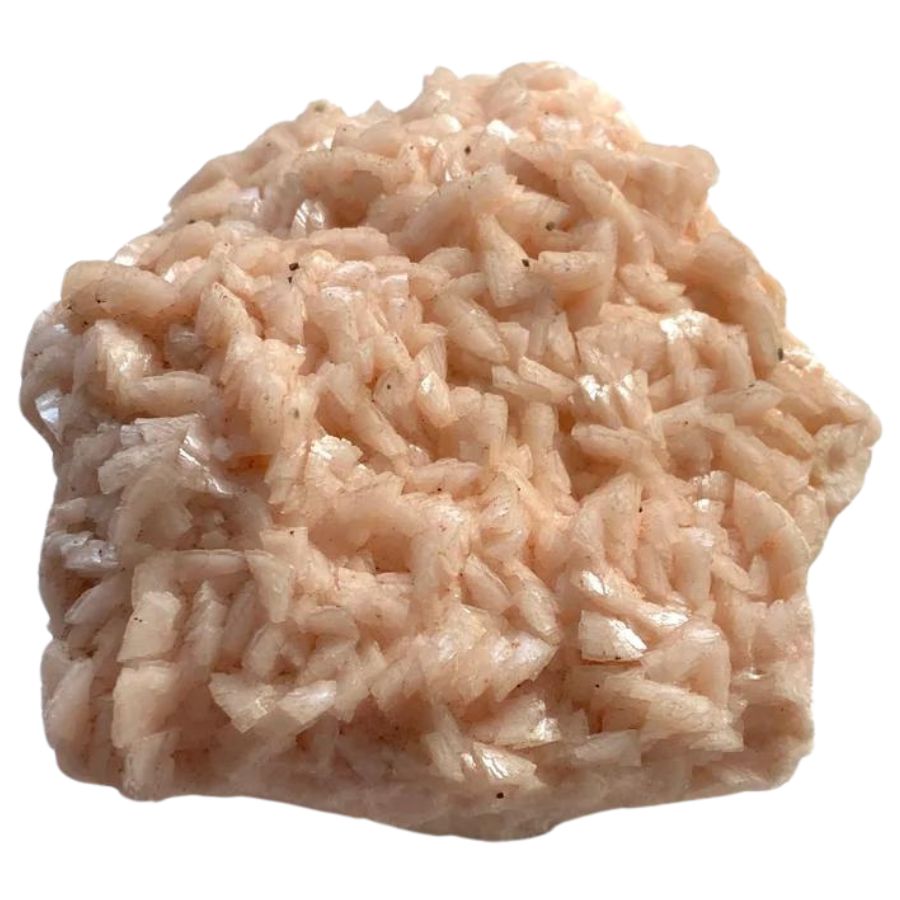
Dolomite
Dolomite is a mineral made up of calcium magnesium carbonate. It forms in sedimentary environments, often as part of limestone deposits. Here in Florida, we have two main types of dolomite: crystalline dolomite and dolomitic limestone.
Crystalline dolomite is the purer form, showing up in large, sparkly chunks, while dolomitic limestone is a mix of dolomite and regular limestone, making it less shiny but just as useful.
Why It’s Valuable
Dolomite is a big deal for several reasons. First off, it’s a go-to material for construction—used in roads, concrete, and even as decorative stone. It’s also valuable for agriculture because it can be ground into a fine powder and used to neutralize acidic soil, helping crops grow better.
And let’s not forget its role in water filtration and industrial processes. Whether it’s supporting Florida’s farmers or its builders, dolomite plays a crucial role in keeping our state thriving.
Great Places to Find It Here
Florida is packed with places where you can see dolomite in its natural habitat. Whether you’re looking to learn, explore, or collect, here are a few spots I’d recommend:
- Brooksville Ridge: This area in Hernando County is a hotspot for dolomitic limestone. You’ll find it in road cuts and exposed areas along trails, perfect for a weekend exploration.
- Ocala National Forest: Known for its beautiful springs and hiking trails, this forest also has outcroppings of dolomitic rock scattered throughout.
- The Peace River: If you’re up for a little adventure, head here for fossil hunting. Along with fossils, you can often find chunks of dolomite in the riverbed or near its banks.

